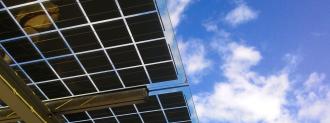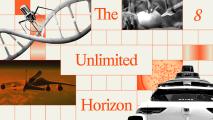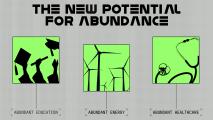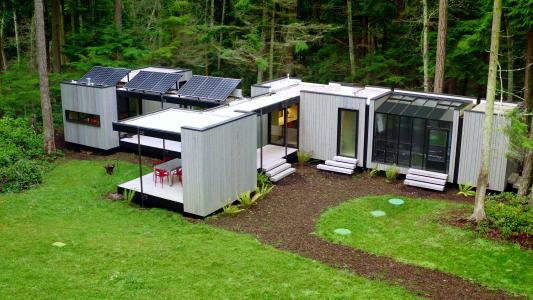A pair of recent innovations may dramatically improve the efficiency of solar cells, as well as making them hardier and more cost effective, The Independent reports.
Solar cells work by absorbing light waves, harnessing the photons’ energy to knock electrons off of atoms, thereby generating electricity.
Here’s the thing, though: different light waves have different levels of energy, and current solar cells can’t use low-frequency wavelengths of light.
Light moves along a spectrum that encompasses ranges of frequencies we can’t see, like ultraviolet light — which allows Horatio Caine to find blood spatter— and infrared light, which allows the Predator to hunt you down in darkness and thick foliage.
Infrared is a lower frequency than visible light, meaning it’s less energetic.
“Most solar cells … are made from silicon, which cannot respond to light less energetic than the near infrared,” Tim Schmidt, a professor at UNSW Sydney, told The Independent.
The researchers’ solution, published in Nature Photonics, is to use minuscule semiconductors — called quantum dots — to absorb this low-energy light.
The quantum dots then use oxygen to upconvert the light waves into higher frequencies, and, voila, you’ve got light that a solar cell can now turn into power.
The other new innovation, published in Nature Energy by a team of researchers based in Japan and China, involves optimizing not the light but the solar cells themselves.
Using a type of material called perovskite, these researchers are developing a next generation of solar cells. Perovskites are flexible, lightweight, and — crucially — cheaper to make than the silicon cells currently used.
Perovskites have an issue, though: it’s tough to make large solar cells from them.
“Scaling up is very demanding,” OIST‘s Luis Ono told The Independent. “Any defects in the material become more pronounced (at larger sizes) so you need high-quality materials and better fabrication techniques.”
The researcher’s solution is to use multiple layers of the material in making larger solar cells, keeping energy loss to a minimum and reducing the risk of toxins leaking from the cells.
The next step is testing it on larger panels, with commercialization — and a brighter (ugh, sorry) future — hopefully in the cards.






